Kirtland's Snake (Clonophis kirtlandii)
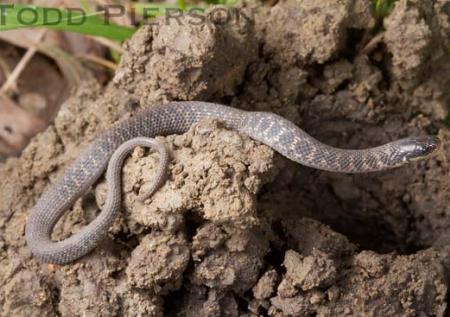
Click a thumbnail below to view the larger image:

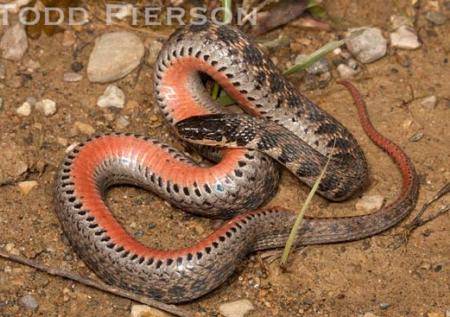
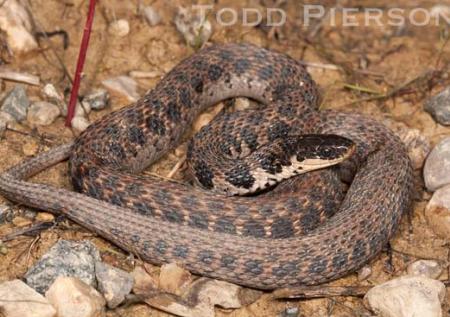
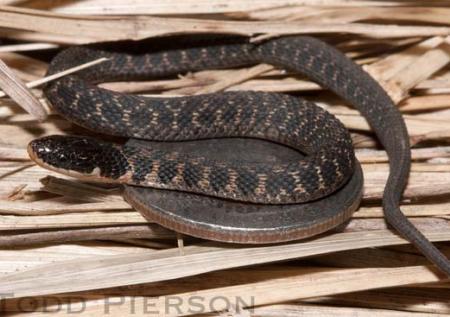
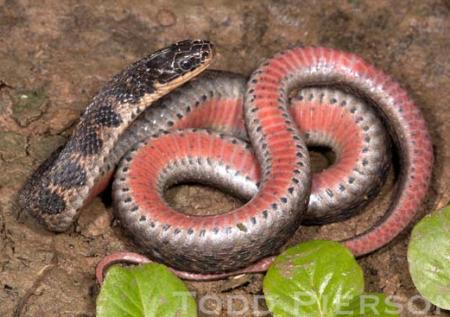

Have you seen a Kirtland's Snake?
Click the Report Snake button below to reporting seeing a Kirtland's Snake.
Report Snake SightingAppearance
Kirtland’s Snakes are small, moderately stout snake with a grayish to reddish brown back and a red to pink belly. Black spots run along the side of the body. The head color ranges from greenish to black. The scales are keeled and the anal plate is divided
Size
The average total body length is approximately 18 inches.
Habitat/Range
Kirtland’s Snakes are found in northern Kentucky along the Ohio River and an isolated population occurs in the Jackson Purchase. These snakes prefer wet meadows, damp vacant lots, edges of swamp, and occasionally forested areas.
Natural History
Not much is known about their natural history in Kentucky. Activity peaks in spring and again in fall, and they are thought to use crayfish burrows for hibernation and to escape the heat of the summer months. Mating occurs in the spring and females give birth to live young in late summer. They eat earthworms and slugs, and are eaten by bullfrogs, Kingsnakes, hawks, owls and probably a variety of small mammals.
Notes/Miscellaneous
Kirtland’s Snakes are uncommonly encountered in Kentucky. Interestingly, one of the best known populations occurs within the city limits of Louisville. The Kirtland’s Snake is considered a “Species of Greatest Conservation Need” by Kentucky Department of Fish and Wildlife Resources.
